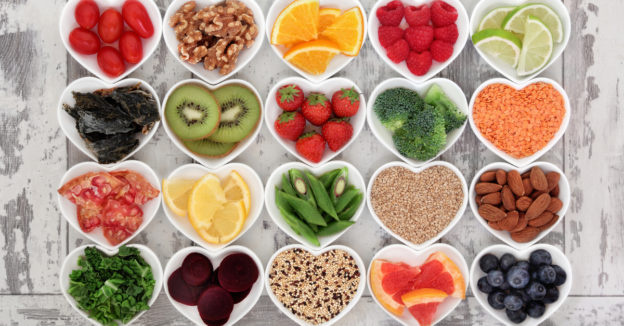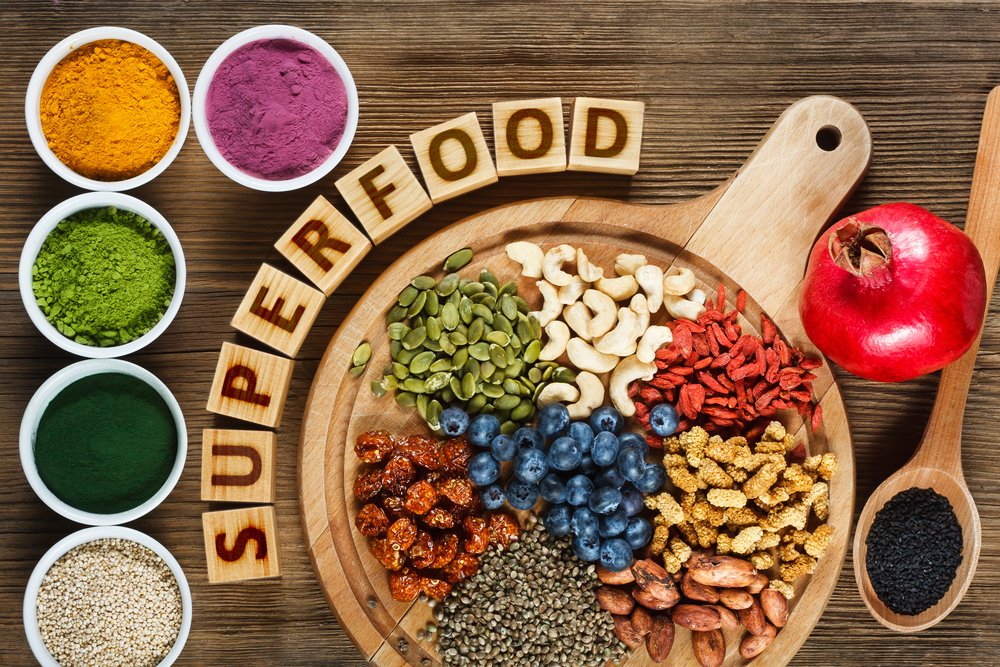Being a Diabetic its very important for you to become conscious about your eating habits fortunately now day its very easy to find perfect diet plans so that you can never fail to take care of your blood sugar level. But whats different we are covering here?. Today I come with the most ultimate list that you must eat as a Diabetic patient or as well as very good food that every one should consume regularly to avoid blood sugar.
Pumpkin Everyday Keeps Diabetes Away
If you are one of those who don’t eat pumpkin because it tastes like a sweet veggie, you are mistaken. Some recent studies have claimed that pumpkin has qualities, Which can help in controlling diabetes. The glycaemic index of pumpkin is very low. Also, it helps in lowering blood sugar levels. In a study, pumpkin helped in healing the pancreatic tissues of diabetic rats. So eating pumpkin on a regular basis can prevent diabetes. Now, you can delve on your favorite pumpkin pie, minus the sugar or oil, of course.
Walnuts
It’s a good news for all the walnuts lovers out there, a new study has revealed that women who eat two or more servings of Walnuts daily are at lesser risk of developing diabetes. With higher anti—oxidants and polyunsaturated fatty acids, the attributes that have been lauded for reducing type 2 diabetes, Walnuts are good to go. The study undertook by Harvard School of Public Health, administered 140,000 women, aged between 37 and 77 years. None of these women had diabetes or any other cardiovascular diseases. The assessment found that two or more servings of walnuts per Week attributed with 21 per cent and 15 per cent lower risk of type 2 diabetes, that is before and after adjusting the BMI. Hence, feel free to sprinkle some more walnuts on top of your salads.
Fish Oil Supplement
Fish oil supplements can modestly increase amounts of a hormone that is associated with lower risk of diabetes and heart disease, according to a new study. Fish oil supplements, also called omega 3 fatty acid capsules, raise levels of adiponectin in the bloodstream. Adiponectin is an important hormone that has beneficial effects on metabolic processes like glucose regulation and the modulation of inflammation. In long-term human studies, higher levels of adiponectin are associated with lower risks of type 2 diabetes and coronary heart disease. The meta-analysis reviewed and analyzed results from 14 randomized, placebo-controlled clinical trials. In total, 682 subjects were treated with fish oil, and 641 were given placebos—most commonly olive and sunflower oils. In those taking fish oil, adiponectin levels increased by 0.37 microgrammes per millilitre.
Mushroom
Almost fat—free and low on sugar, it’s about time to make a permanent place for mushrooms in your kitchen pantry. Apart from being nutritious, cultivation of mushrooms is lucrative for the economy too! Not just for diabetics, mushrooms are good for the obese too also. Research says that it also has many therapeutic properties against HIV, cancer and other dreaded diseases.
Tea
Over the years , many researches exclaimed that tea effects blood glucose level to some extent. Teas such as black, green and oolong tea contain polyphenols that researchers believe increase insulin activity. Some studies even show that drinking tea can improve insulin activity up to 15 times. Theanine, a flavonoid present in tea helps in stress reduction as well as in controlling blood pressure. Green tea blocks glucose absorption and improves insulin sensitivity while herbal teas don’t have much effect. The active compounds in herbal teas don’t last long in the body unless one drinks two or more cups.
Mango
Mangoes are a whole lot more than just a delicious, refreshing treat produced by nature. As evidenced by copious scientific research, mangoes are also a powerful medicinal food, as they contain nutrients that can help clear up skin, promote eye health, stave off diabetes, and even prevent the formation and spread of cancer. Research recently presented at a meeting of the Federation of American Societies for Experimental Biology (FASEB), for instance, revealed that eating mangoes every day can help moderate and even lower blood sugar levels, despite their natural sugar content. This is good news for people with type2 diabetes who may benefit from consuming mangoes regularly as part of a low-sugar diet.
Black berry or Jamun or Java Plum
Black berry ( Java Plum ) is believed to be of special use in treatment of diabetes. In Unani and Ayurvedic systems, it is used for digestive disorders. The leaves, bark. and seeds are the most useful parts among which the seeds are popular for their anti diabetic properties. In traditional Ayurvedic medicine Jambolan was used to help with thirst, diarrhoea, and in healing of wounds. The key ingredient that shows anti-diabetic action is jamboline (a chemical) in the seeds. Extracts of the bark, seeds and leaves have been found to cause a marked prolonged decrease in blood sugar and glycouria (sugar in urine). Several studies show that jamun has hypoglycemic effects with upto 30 per cent reduction in blood sugar reported in some studies. Seeds are rich in alkaloids which have the hypoglycemic effects. Diabetic patients can consume jamun fruit daily to control their sugar levels, which certainly helps to enhance the insulin activity and sensitivity. In addition, seeds powder can be taken as an adjuvant both for type II diabetes, insulin dependent or non-insulin dependent. Jamun showed its effectiveness in preventing or postponing the onset of diabetes. The real benefit is at the stage of IFG (Impaired fasting glucose) which can be well-controlled with jamun, both with fruit as well as the seed powder. Regulation of IFG prevents the early onset of diabetes and further conditions. Each herb has its own mode of action in diabetes, at various stages. The cumulative and rational combination of these herbs certainly would help for safe diabetes control and prevention. When Jamun extract is used in conjunction of gymnema, bitter melon, salacia, cinnamon, fenugreek, it makes this an excellent product.
Carrots
Rich in the antioxidant beta-carotene, vitamin A, B, C and K, magnesium, folate, and dietary fiber, carrots are bright in color and provide a sweet taste. Carrots are a good choice if you have diabetes as their carotenoid and vitamin A content helps protect your eyes from diabetic retinopathy or damage to the blood vessels in the eye from long-term diabetes. Carrots are a great low-carb, crunchy snack.
Bell Pepper
Bell peppers are available in a rainbow of colors, including yellow, red, orange, green and purple. Containing only 3g of carbohydrates per 1/2 cup serving, peppers are sweet, juicy and bursting with flavor. Bell peppers are packed with vitamin A and C, potassium, phosphorus, calcium and dietary fiber. Add them to a stir fry, flavor your favorite food with them, grill for a colorful side dish or simply munch on crisp peppers for a low-carb snack.
Squash
Squash contains vitamin A, B and C, iron, calcium, dietary fiber, potassium and magnesium. While some varieties of winter squash tend to be higher in carbohydrates, summer squash and zucchini contain just 5g of carbohydrates per serving. Add color to your stir fry, steam or grill for a low-carb side dish.
Strawberries
Strawberries have a GI of 40, which is in the low range. Other berries, such as blueberries, blackberries and raspberries also constitute good low GI fruit options. Add them to yogurt, oatmeal or salad.



